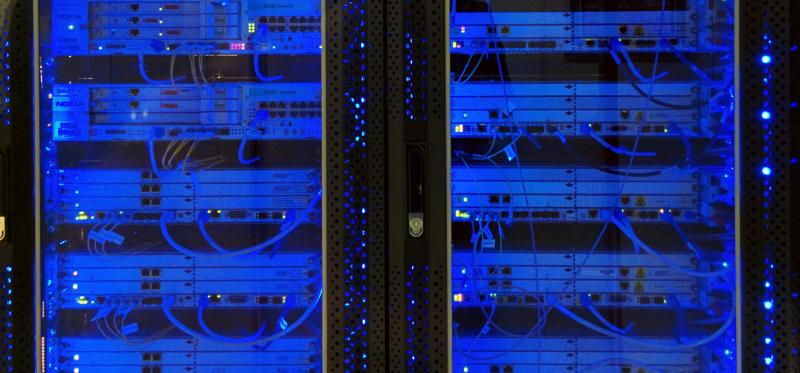Nokia “Connects” Network Services To Customer Experience

Nokia’s services division recently hosted an analyst event where it elaborated on the interlinkage between network services and network infrastructure. Of course, network services matter to businesses and telcos because they help technology managers to better manage infrastructure complexity and to modernize network infrastructure with the goal of making networks faster and more reliable. However, there are more fundamental implications:
- Network services add value to products and open new business areas. Customers want features and services that are relevant to them in the immediate context of their needs and desires. As more products become connected, network services will play a critical role in developing and enhancing such features. Moreover, network services play a central role in driving augmented and virtual-reality solutions in outdoor conditions, such as those already used in manufacturing by Caterpillar or in construction by BAM Group.
- Emerging network infrastructure technologies will boost user experiences. Mobile networks place limitations especially on those solutions that depend on cloud-based services or those that comprise connected assets. For instance, the distributed network infrastructure approach of mobile edge computing (MEC) will enable a new dimension for cloud computing over mobile networks and help pave the way for 5G. Also, LoRa technology, including long-range wide-area networks, will be important for technology managers who work on smart city projects and on industrial IoT solutions. Business leaders will increasingly have to rely on specific network technologies to support specific user requirements and experiences.
- Network services help harvest data points for enhancing customer insights. All-IP based and software-defined network infrastructure delivers sensor readings of network performance and usage patterns. In turn, these data sets can help optimize network performance. In the internet-of-things (IoT) context, these data readings from connected objects can extract insights about an object’s usage. This way, network services help to provide contextual information for better customer insights, which are crucial building blocks for creating more relevant offerings to drive revenues.
- Customers expect a more sophisticated interaction with their infrastructure vendors. Given the critical role that network infrastructure plays for business outcomes, network vendors must be much more than the traditional “hardware pushers.” Customers expect that their network vendors are reliable, proactive, and trusted partners that bring technical capabilities but also have a deep understanding of their specific business requirements. These customer expectations elevate the role of network services for any network vendor.
These observations have different implications for enterprise customers, telcos, and Nokia itself. This means that:
- Enterprise CIOs must treat services as separate from network infrastructure technology. Network infrastructure evolution is not just about the pure technology but rather the design, implementation, and maintenance of network services. The service aspect of network infrastructure is hugely important for all business initiatives that rely on cloud and/or mobile, ranging from customer engagement and insights activities to IoT solutions.
- Telcos must extend their core network offerings toward business-relevant services. Telcos need to prepare for the magnitude of changes ahead. Just reselling value-added services or implementing point solutions to move toward an all-IP world will not suffice. Telcos must redefine their role on the value chain. Network services can assist telcos that have a credible strategy in place to speed up innovation cycles through open innovation, deepen customer insights, and drive new business models beyond connectivity provisioning.
- Nokia must translate network infrastructure improvements into business outcomes. In addition to pursuing extreme automation and robotics, Nokia needs to laser-focus on driving customer experience for its own enterprise customers and the customers of its telco clients. Nokia also needs to help its conservative telco clients to think more outside the box. This means, for instance, that Nokia’s activities need to go beyond services like testing network configurations: It needs to explain to its customers the impact that new business models have on network infrastructure and vice versa. In this context, Nokia needs to better translate the business benefits that network technology evolution can generate. Nokia’s go-to-market activities hinge on selling customer insights, customer experience, and business outcomes that are intrinsically linked to network infrastructure. Despite its impressive turnaround, Nokia should remain paranoid: The network infrastructure vendor landscape continues to change, and the possibility of Cisco buying Ericsson remains.
